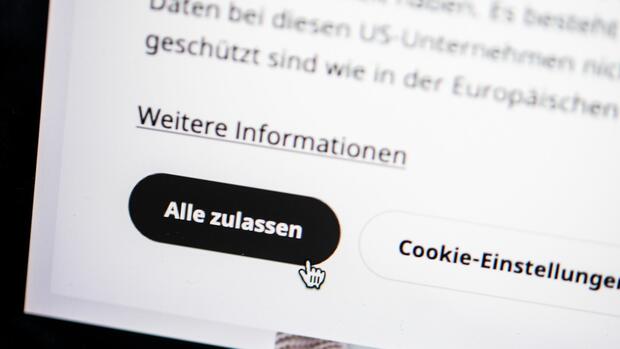![]()
Mainz The most frequently encountered dark pattern categories were therefore hidden information or incorrect hierarchies, preselection, pushing and shoving, difficult cancellations and forced registrations. Misleading colors or a stressful countdown A classic, for example: When choosing which cookies you want to allow, the privacy-unfriendly selection often appears highlighted in color. The button for better data protection appears inconspicuous. For example, while countdown timers and indications of supposed time limits are widespread on e-commerce platforms, there is a lot of hustle and bustle, especially on websites and in apps for health and fitness. Dark patterns are causing serious harm to consumers and the market: according to the study, the ability of the average consumer to recognize the use of these practices is “rather limited”. Dark patterns and manipulative personalization could lead to financial damage, loss of autonomy and privacy, cognitive stress and psychological damage. The adverse effects on competition, price transparency and confidence in the market are to be classified as questionable. The study was accompanied by behavioral experiments that examined both the neurophysiological and psychological reactions to unfair practices and their effects on decision-making. It turned out that practices such as “hidden information”, “playing with emotions” and “playing with emotions in combination with personalization” can influence decisions and override original preferences. The elderly and people with a lower level of education are particularly affected here. In addition, the experiments had shown that pop-ups (as an example of a “forced action in connection with personalization”) increased the heart rate of the subjects and often caused frustration in them. Overall, however, there was insufficient evidence to show that the neurophysiological effects of dark patterns on consumers are significant.









